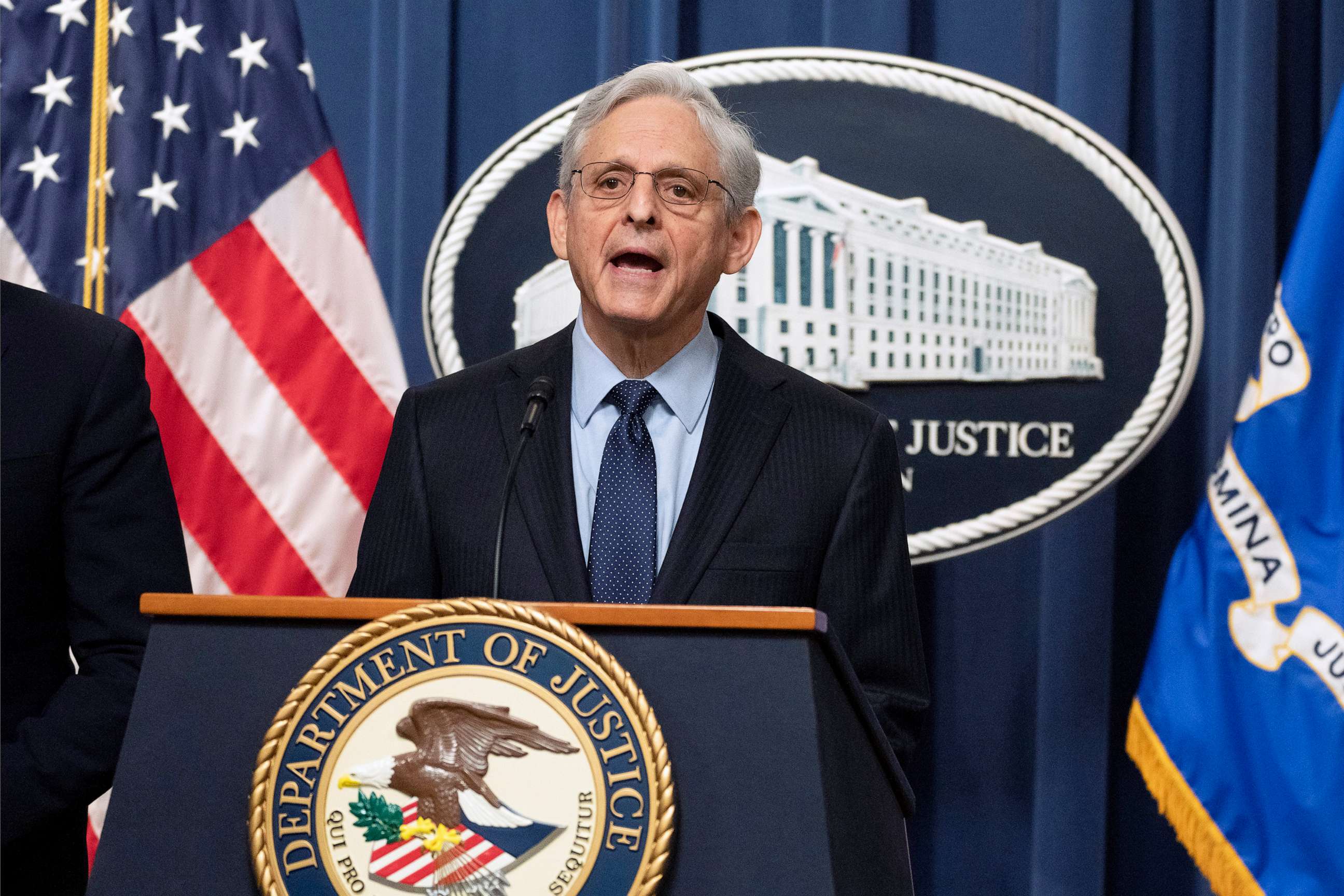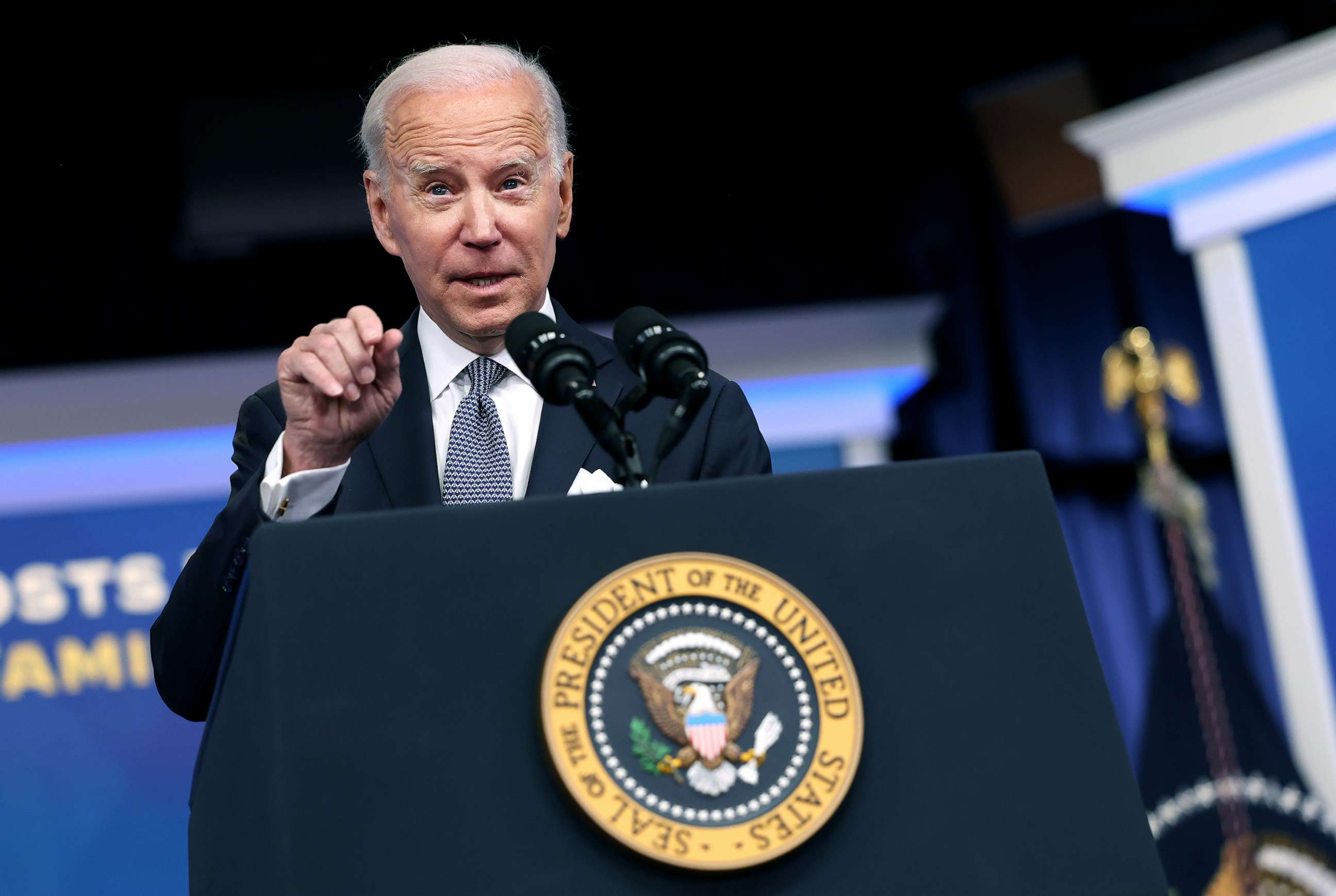What to know about classified materials and how they're handled: ANALYSIS
Both Biden and Trump were found to have stored classified documents.
The revelation that former Vice President Mike Pence apparently kept classified materials at his Indiana home after leaving office -- which his lawyer recently found and turned over to the Department of Justice, sources told ABC News -- echoes the discovery that President Joe Biden kept classified documents stored at his home and an old office from when he was vice president and when he was a senator. Biden's attorneys have said the materials were promptly handed over after being found.
Both cases follow the news that former President Donald Trump stored classified documents at Mar-a-Lago and in a federal storage unit after leaving the White House -- as the federal government sought to get them back.
While it isn't clear what type of classified information was found at these locations, the discoveries on their face raise concerns about the use and misuse of classified documents and the processes in place to ensure that spies, foreign terrorist organizations or other nations don't gain access to information that was intended to be kept secret.

President Biden has defended how the discovery of the documents was handled, saying after records were found at his old office that he did not know their contents. He and his team have since stressed that they immediately turned the documents over to the appropriate authorities at the National Archives.
Former President Trump claimed to Fox News in September that he declassified the materials at Mar-a-Lago and that they were his property.
All documents produced by United States intelligence, some law enforcement and other federal agencies are generally kept under a classification system. Documents and other items in the U.S. that are deemed to be critical to national security are generally given a federal classification.
The system works like this.
Uniform system
Executive Order 13526, signed by former President Barack Obama, built upon a decades long system used by the federal government. The order "prescribes a uniform system for classifying, safeguarding, and declassifying national security information, including information relating to defense against transnational terrorism."
Under this order, classification levels, standards, handling and declassification procedures are spelled out and subjects everyone in the federal government, including the president, to following these standards.
Any department or agency head in the federal government has the ability to classify information or delegate that process to subordinates. The department or agency that classifies it is the one that controls the classification and declassification of that information.
As for presidents, not only can they classify information, but they routinely deal with classified information coming from a myriad of government agencies. This includes the Department of Defense, Department of Justice, FBI, FDA and the rest of the intelligence community, routed to the president through the director of national intelligence (DNI).
Three levels of classification
Once an originating agency determines that information needs to be classified, they must then determine at what level. Under the classification system, there are generally three levels.
"Top Secret'' is applied to information in which its unauthorized disclosure reasonably could be expected to cause "exceptionally grave" damage to the national security that the original classification authority is able to identify or describe.
Classified information at the top secret level typically also entails a strict signing in and out process. An individual needing to see a Top Secret document often must sign the document out and sign it back in on return, often times to only be used in a Sensitive Compartment Information Facility (SCIF).

''Secret'' is for information in which the unauthorized disclosure reasonably could be expected to cause "serious" damage to the national security that the original classification authority is able to identify or describe.
''Confidential'' applies to information which, upon its unauthorized disclosure, reasonably could be expected to cause "damage" to the national security that the original classification authority is able to identify or describe.
For all other items that are not deemed to meet one of the above classification systems, they typically will receive an "unclassified" designation.
Items that can be subject to classification include everything from military plans to foreign government information to the safeguarding of nuclear materials.
One of the most well-known classified documents is the Presidential Daily Brief (PDB). The brief may contain classified information from multiple agencies, covering current or longstanding threats or issues.
At the White House, typically a document classification, even at the president's request, will be handled by the originating agency.
Who can see the documents?
Regulations regarding the handling of classified information state that any person accessing classified information must have signed a "non-disclosure agreement, must have a need to know and have been trained in handling of classified information." It is against the law for anyone that does not have the appropriate security clearance to view classified information.
The president and a few others have special authorities to view classified information while in or out of office. Any former president, vice president and a few others, by law, have access to all and any classified information in perpetuity by the nature of the position they held. But no one may remove classified information without proper authorization, including the president.

While in office, any president has over 4000 staff working for them, including military personnel, Secret Service and other government personnel. All have security clearances in the secret to top secret range.
Most of the staff and others working around the president tend to be handling day to day things, including the care of classified information. Additionally, whenever the president travels, senior staff, the military aid (MILAID) and an intelligence debriefer are typically the ones that provide the president with his daily briefings.
Although the law clearly allows the president and former president access to these materials, questions remain about how and why classified information was found outside of a controlled environment.
To find answers, Justice Department special counsel Jack Smith has been tasked with figuring out if former President Trump broke any laws and obstructed the investigation into the classified documents found at Mar-a-Lago.
And Attorney General Merrick Garland announced Thursday that he has named former U.S. Attorney for the District of Maryland Robert Hur as a special counsel in the investigation into the classified documents found at President Biden’s home and at the Penn Biden center.
Donald J. Mihalek is an ABC News contributor, retired senior Secret Service agent and regional field training instructor who served during two presidential transitions. He was also a police officer and served in the U.S. Coast Guard.
Richard Frankel is an ABC News contributor and retired FBI special agent who was the special agent in charge of the FBI's Newark Division and prior to that, the FBI's New York Joint Terrorism TASK force.



